Amazing cars deserve amazing destinations.
As statements go, that one might be short, sweet and obvious, but it’s all the justification we recently needed to accept an out-of-the-blue offer to collect a £300,000 Rolls-Royce Wraith Black Badge coupé from Munich – where all Rolls bodies start their lives – and drive it to a destination every bit as remarkable as the car itself.
What destination? Well, ever since 2009, when a trio of ageing TV reprobates touted it as Europe’s greatest driving road, we’d been searching for an excuse to take a true performance car to the famed Transfagarasan pass in central Romania. At long last, this looked like the opportunity.

The Rolls looked the car, too: the first model in the company’s BMW history to be wholeheartedly steered towards performance drivers by sharpened engine responses, 21in carbonfibre-rimmed wheels, a 0-60mph sprint time of just 4.3sec and more agility from a suspension deliberately configured with – how shall we put this? – less relaxed spring and damper rates.
To go with the mechanical changes, Rolls-Royce has opted for its boldest exterior treatment yet: who’d have imagined an officially sanctioned black Wraith with its grille centre and surround, plus the Flying Lady herself, all finished in gleaming black? And the interior: any Wraith is wonderful, but this one is a work of art, with headlinings that mirror the Milky Way and a new form of decorated, aluminised carbonfibre for key interior expanses.
Rolls-Royce Phantom revealed as eight-generation luxury flagship
On the map, the Transfagarasan pass is a defence road connecting northern and southern Romania across formerly impassable terrain. It was opened in 1974 to allow Romania’s army a quick response if Soviet forces (which had recently invaded then-Czechoslovakia) decided to try it on.

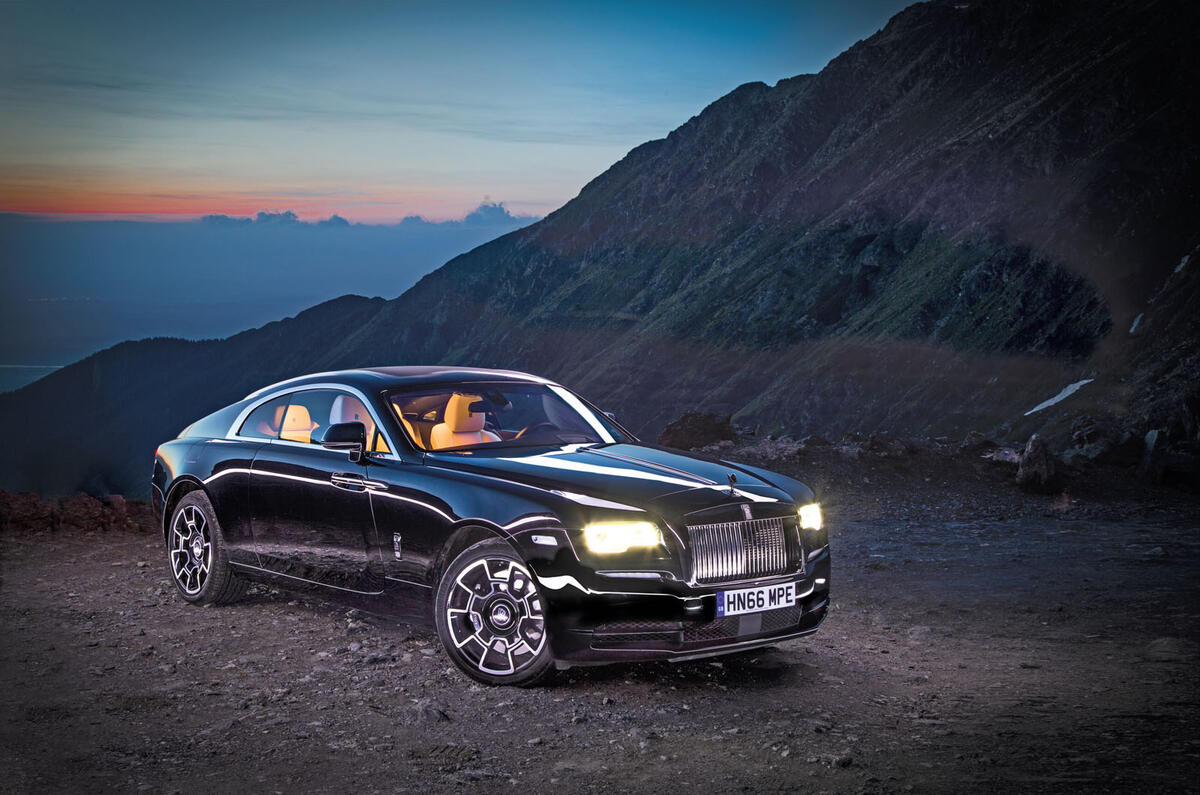
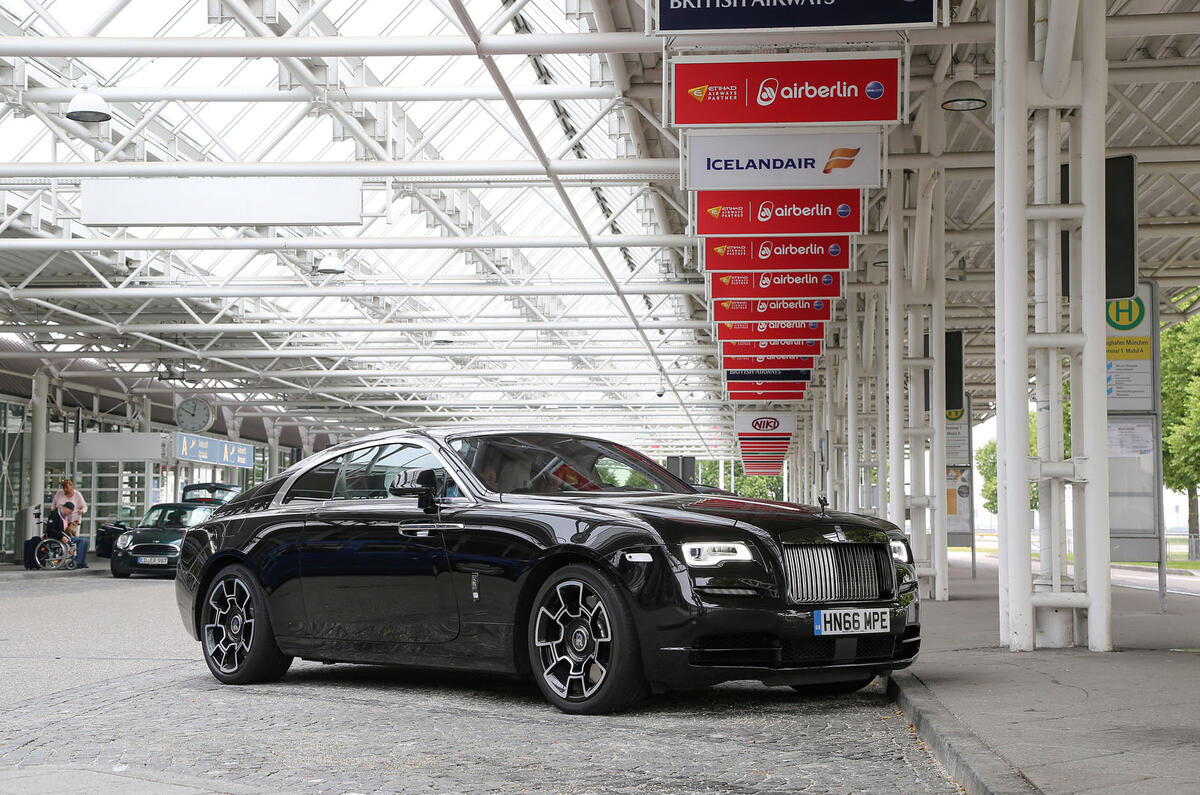
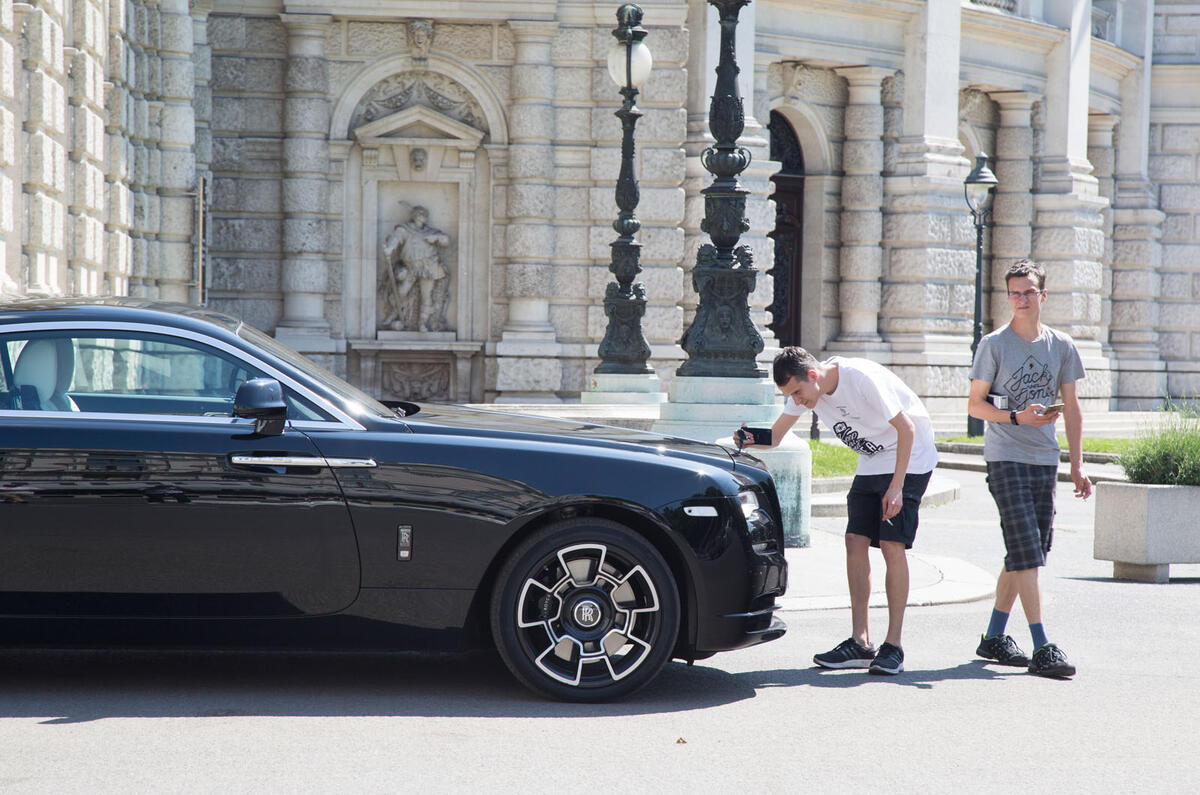


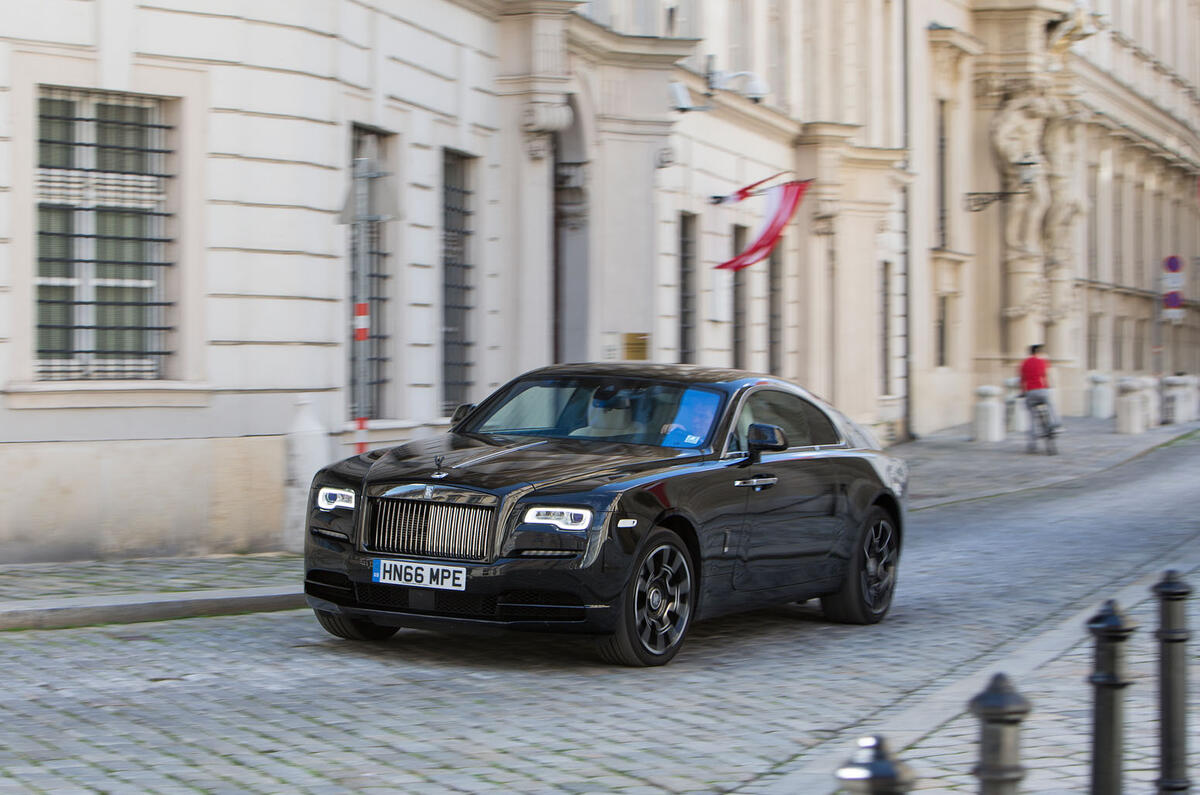
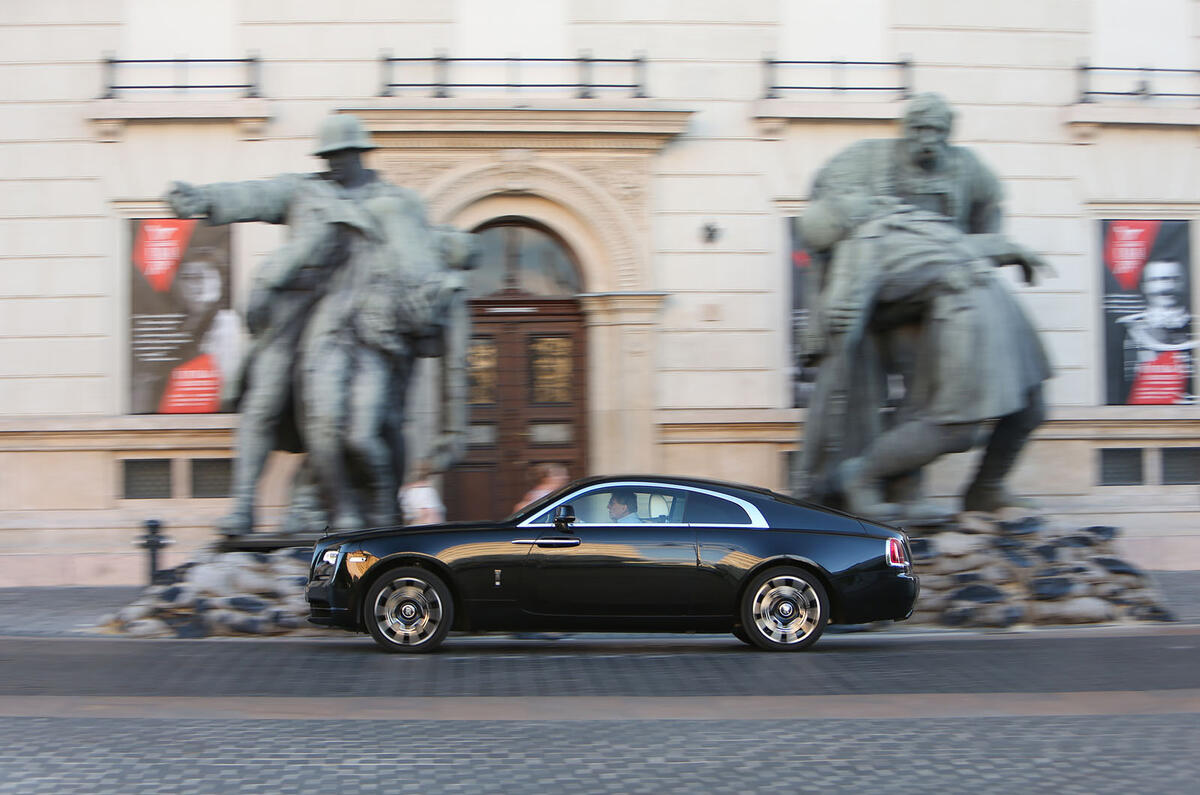



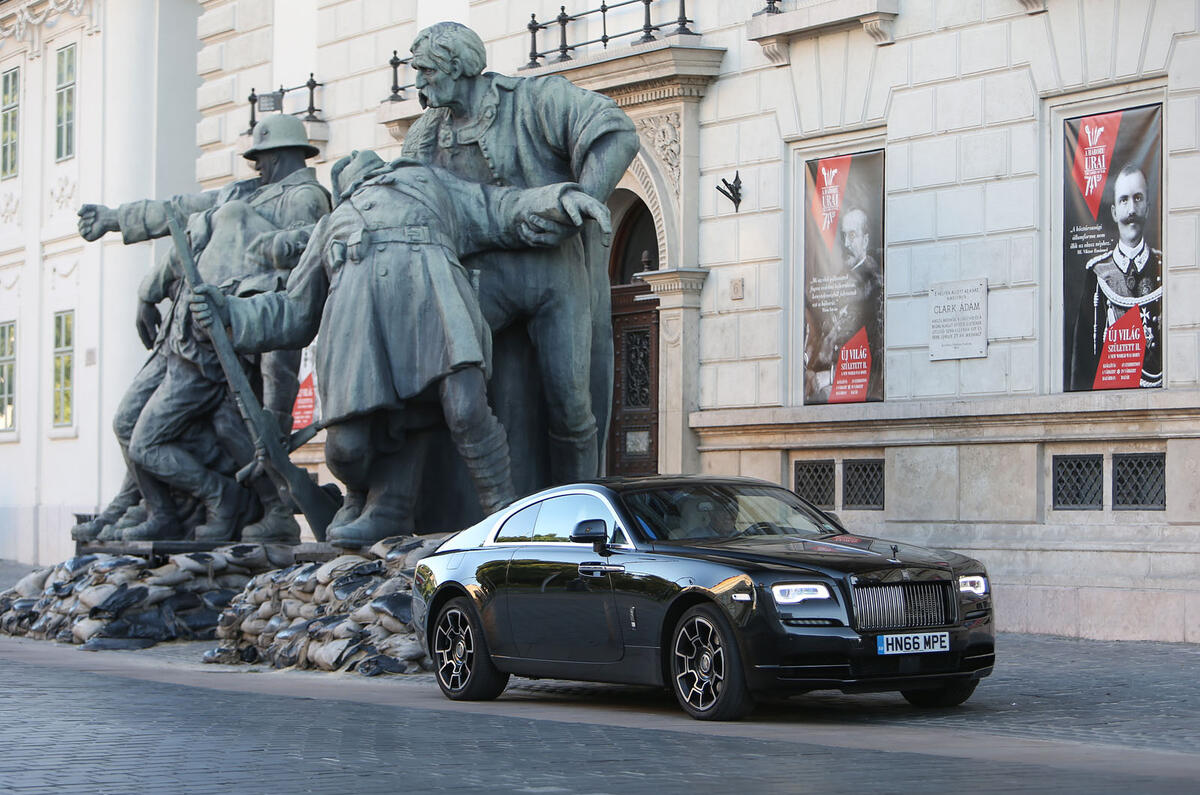
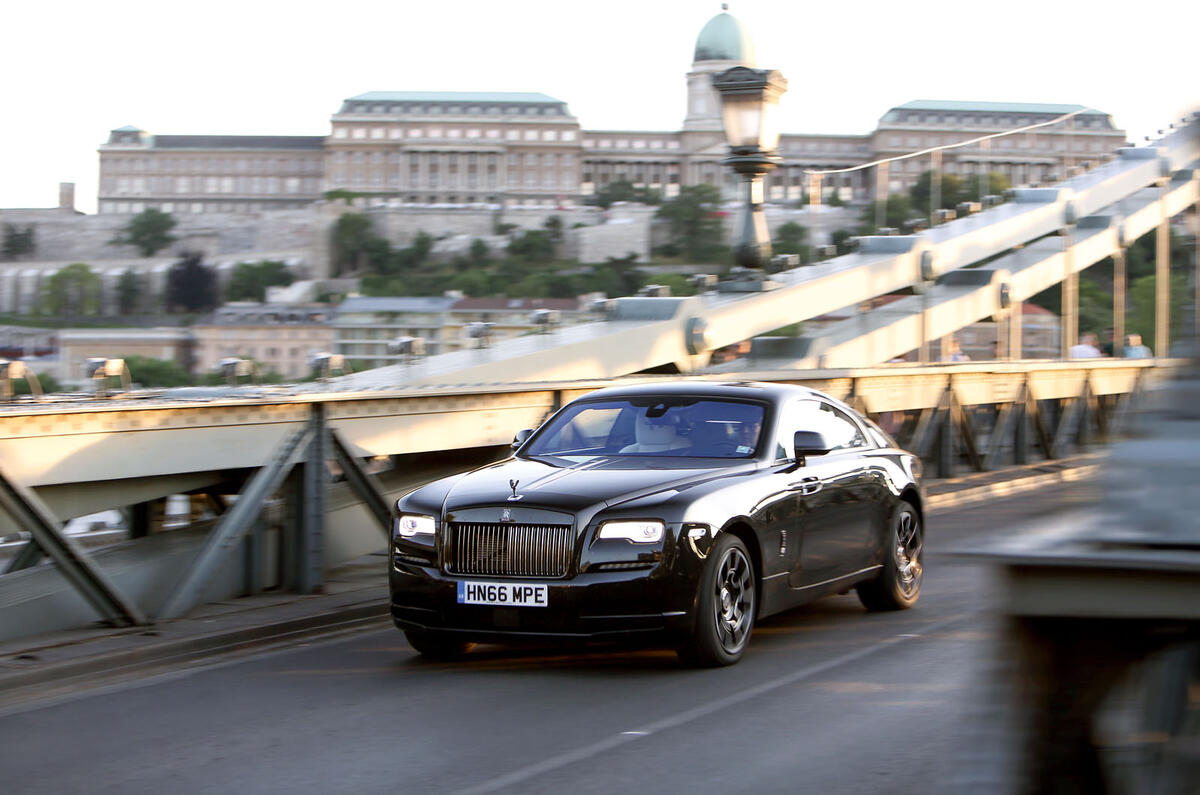




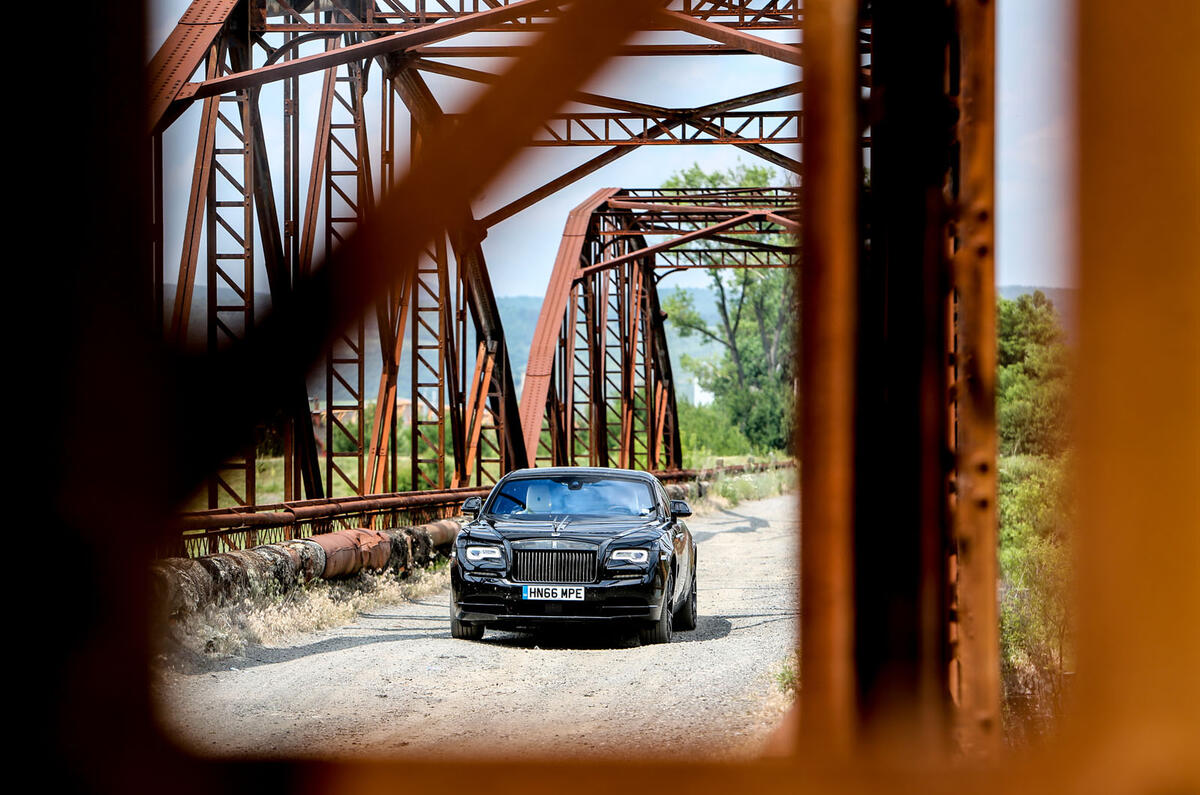




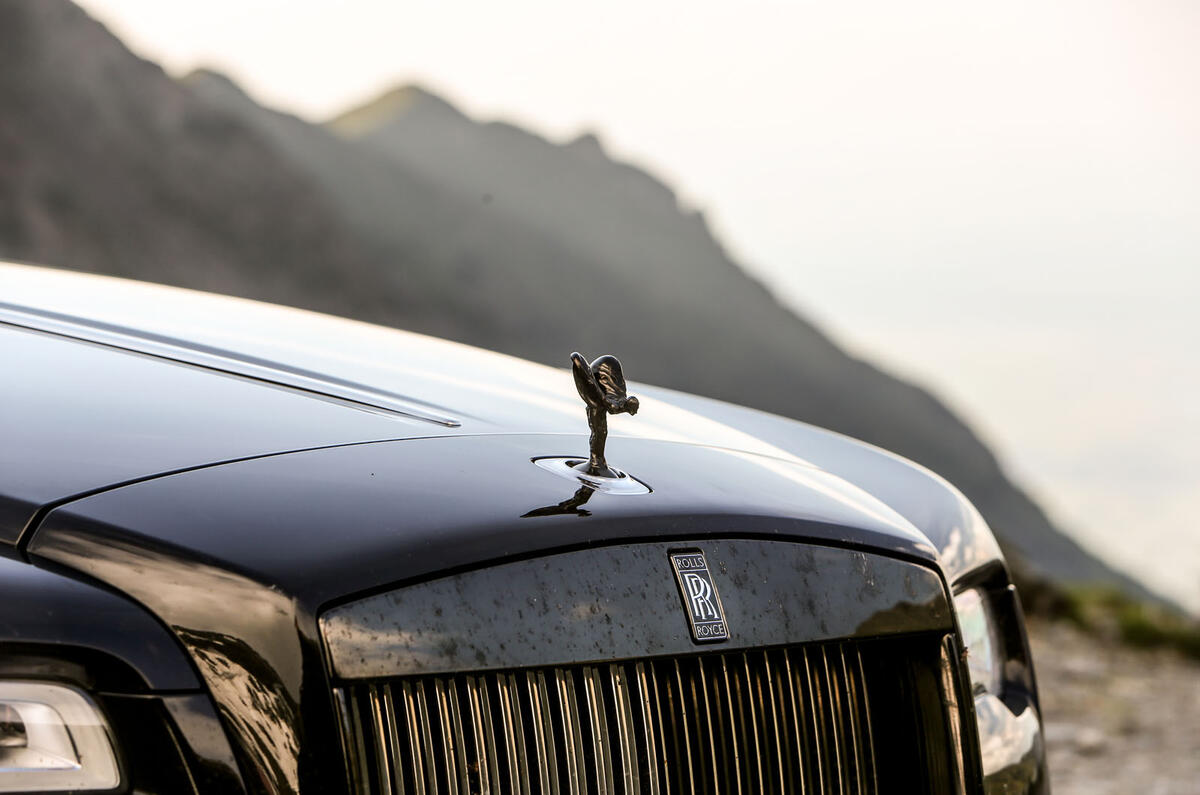
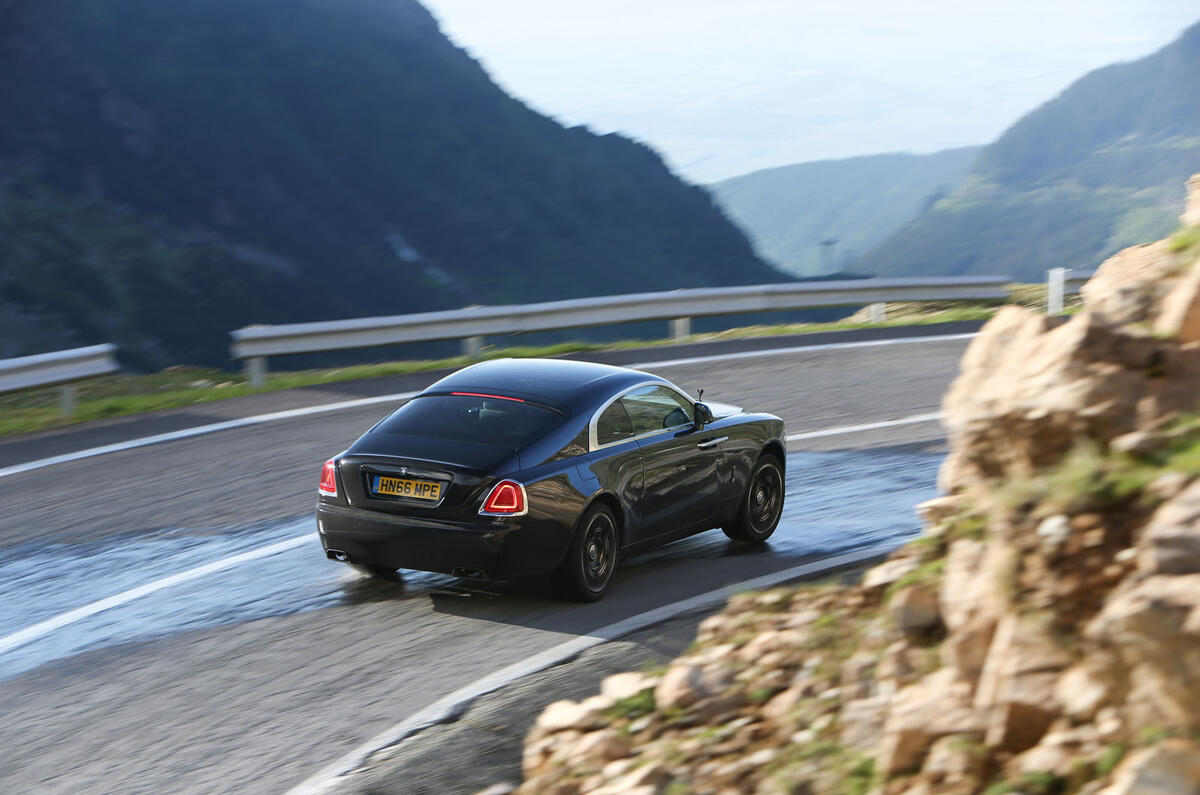
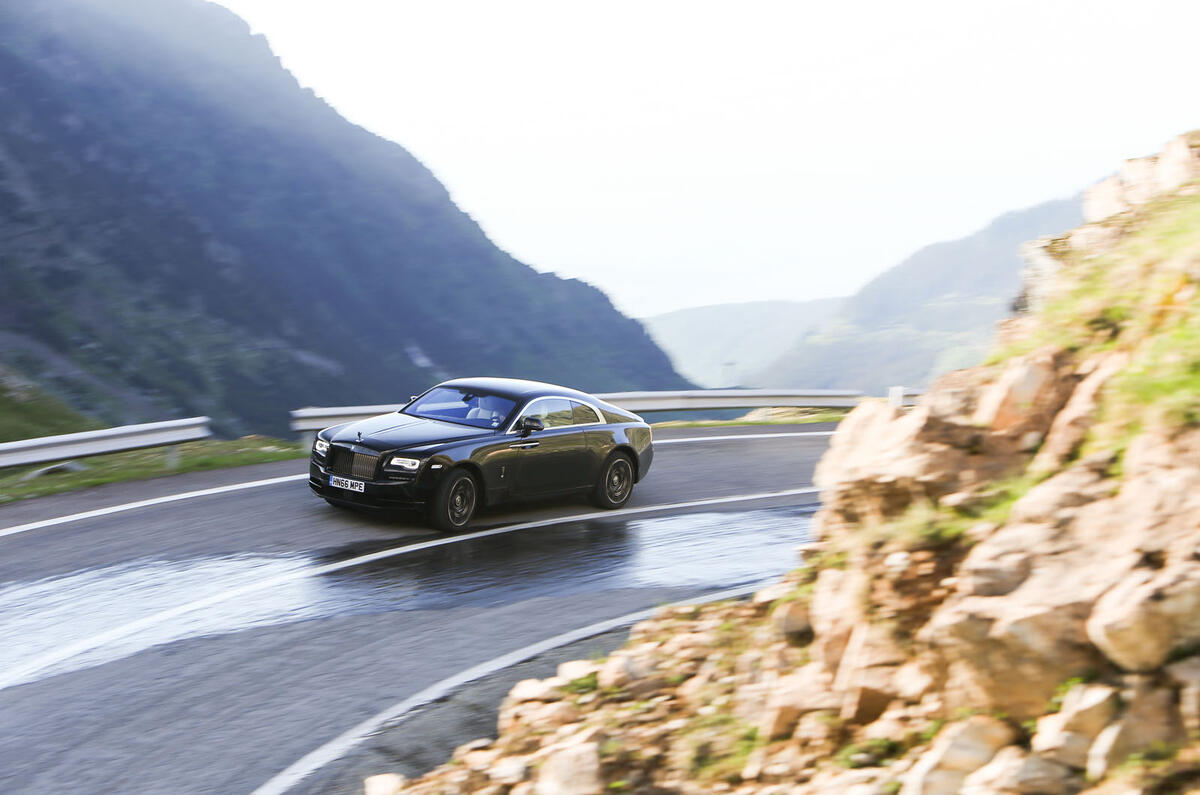

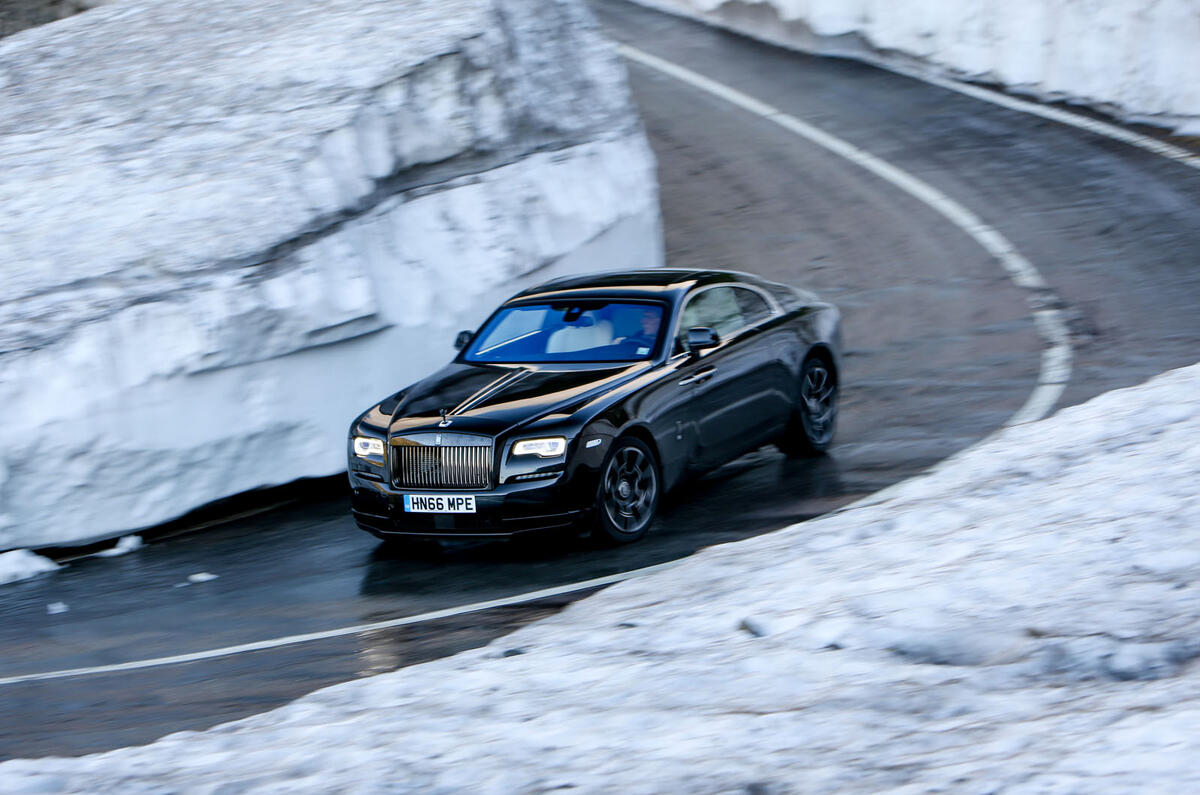


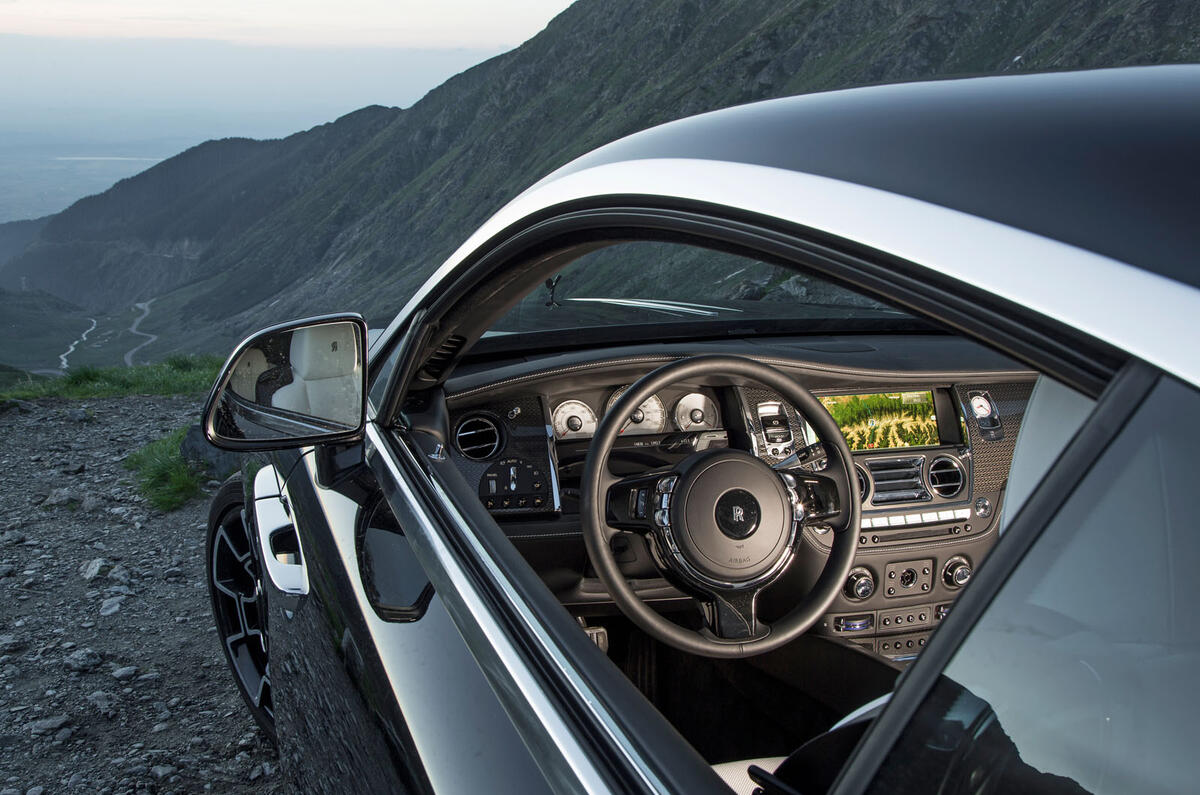

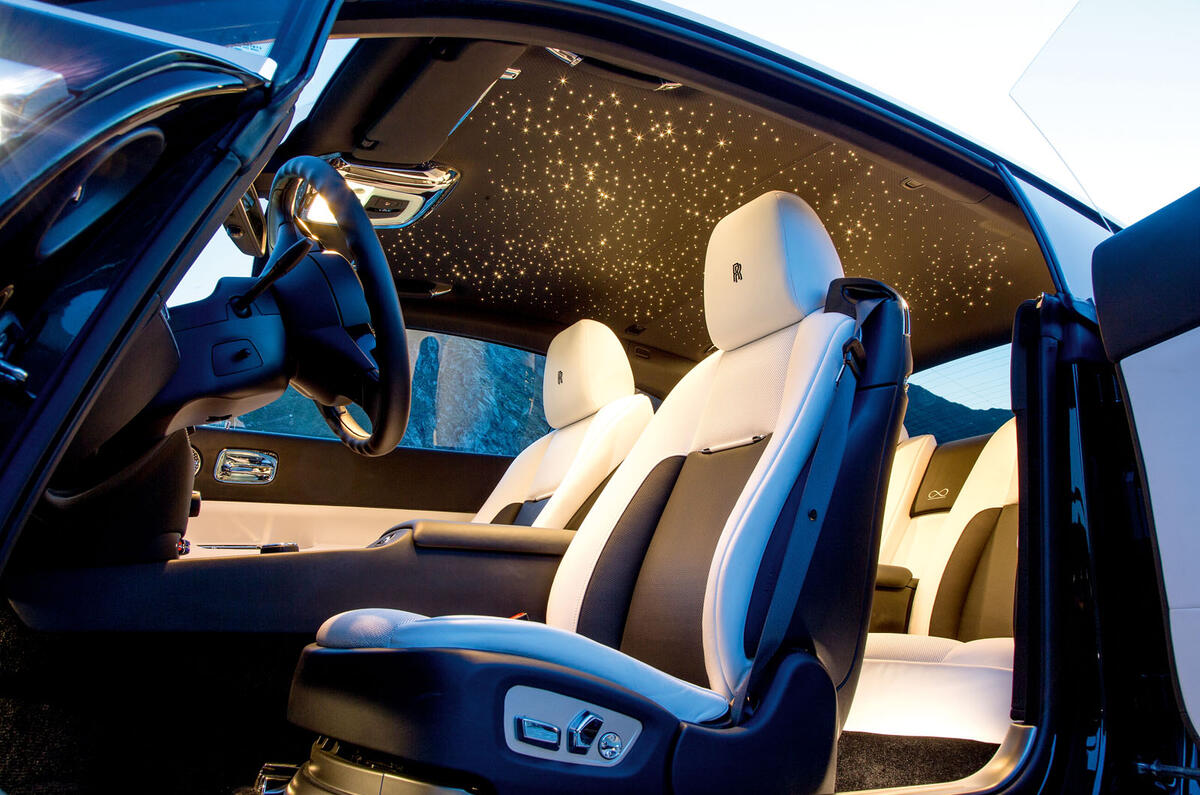
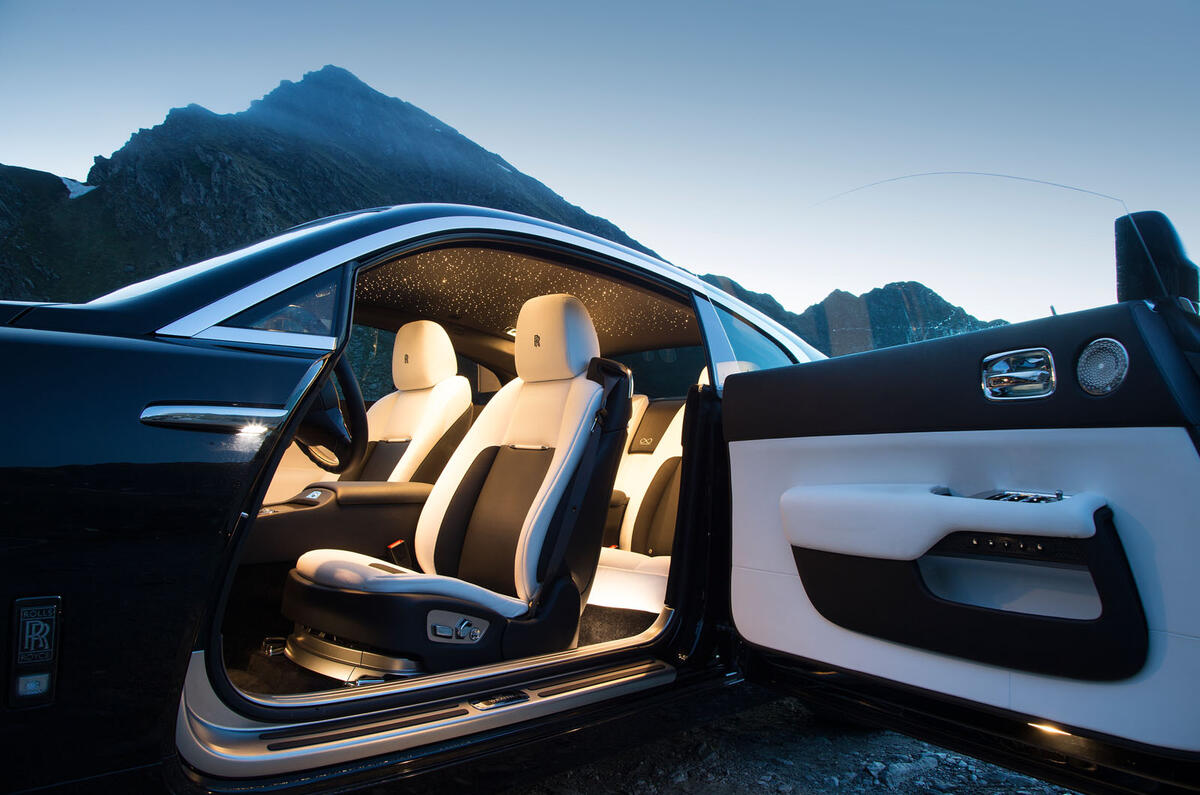
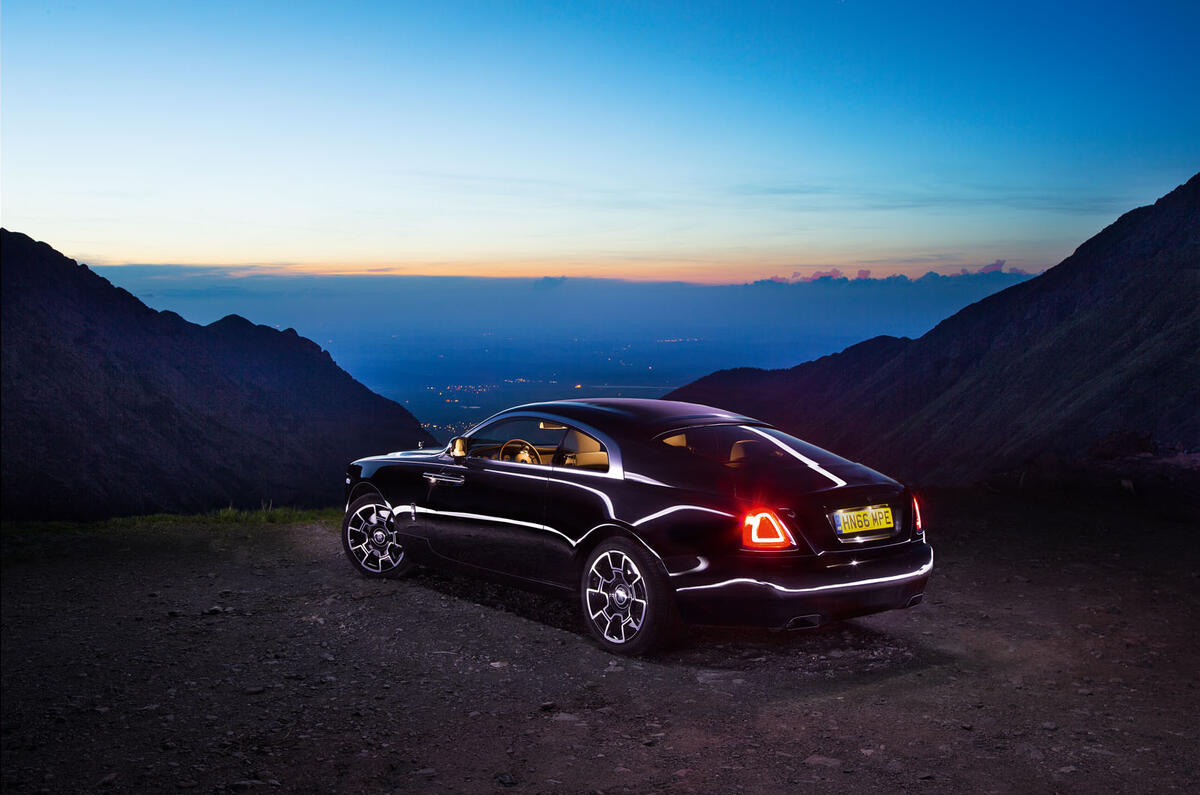



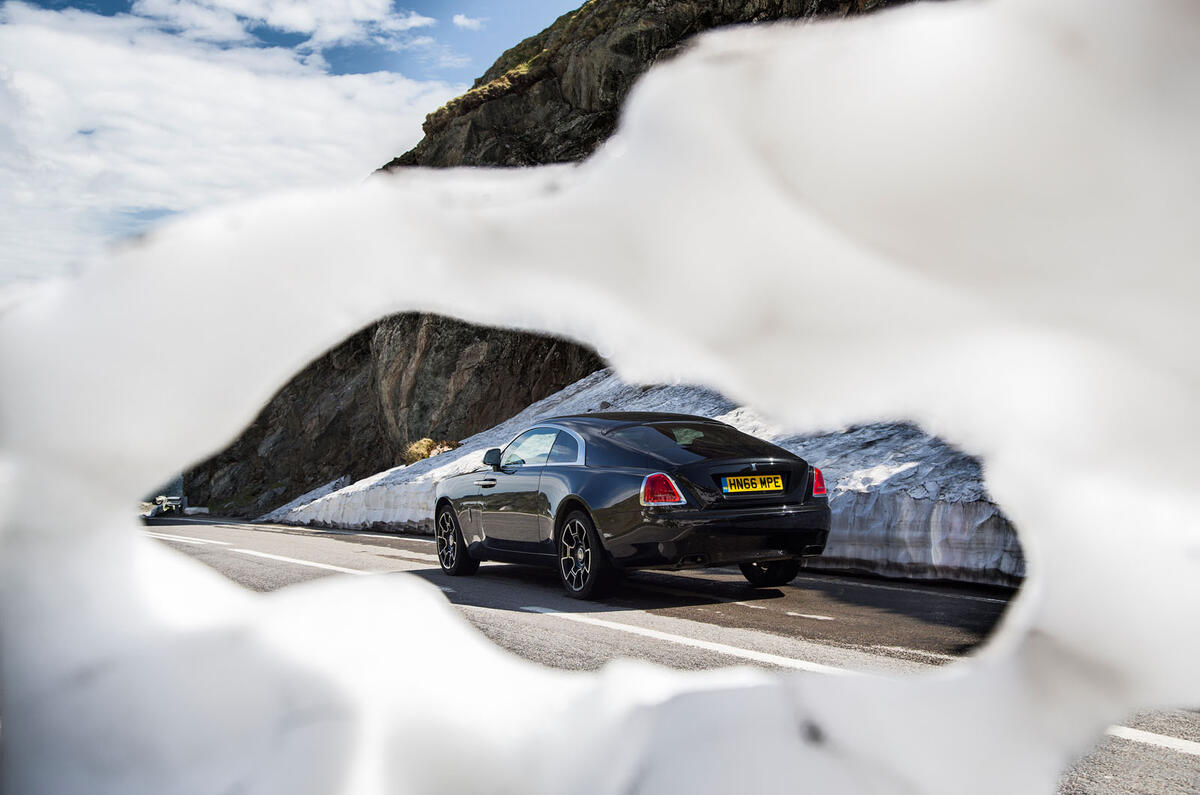







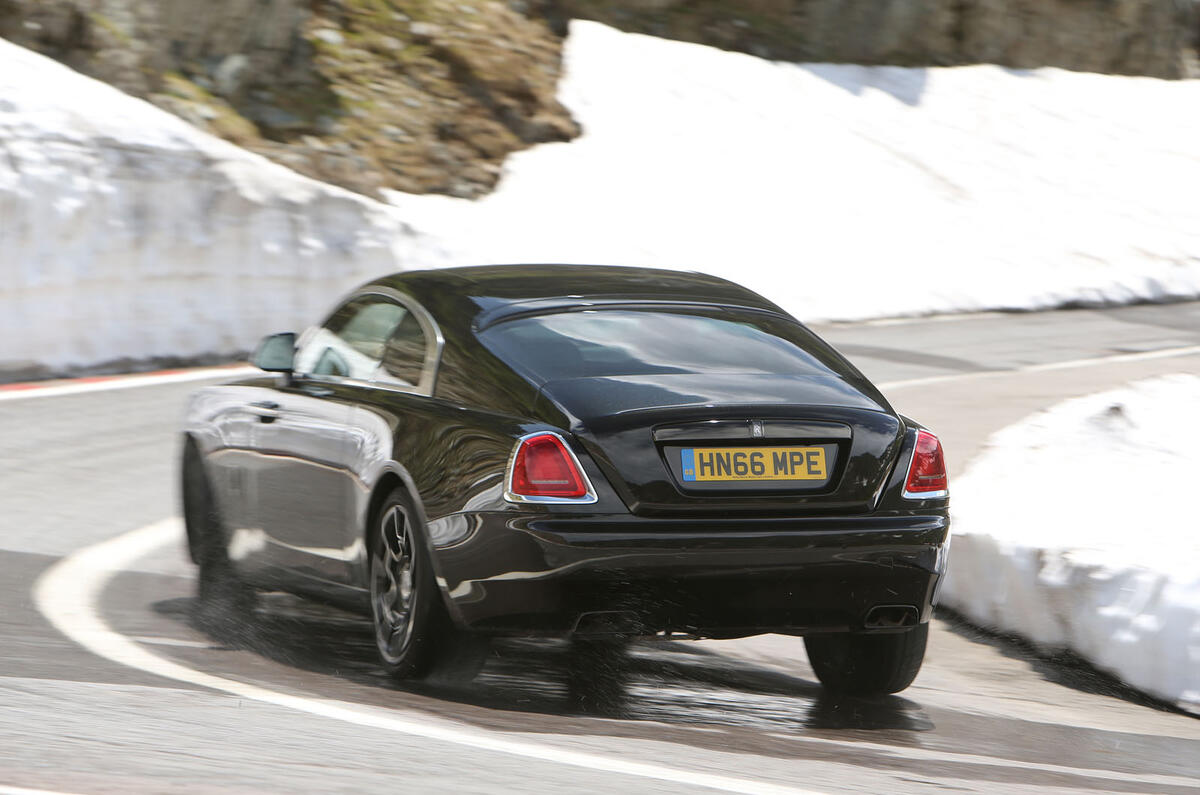
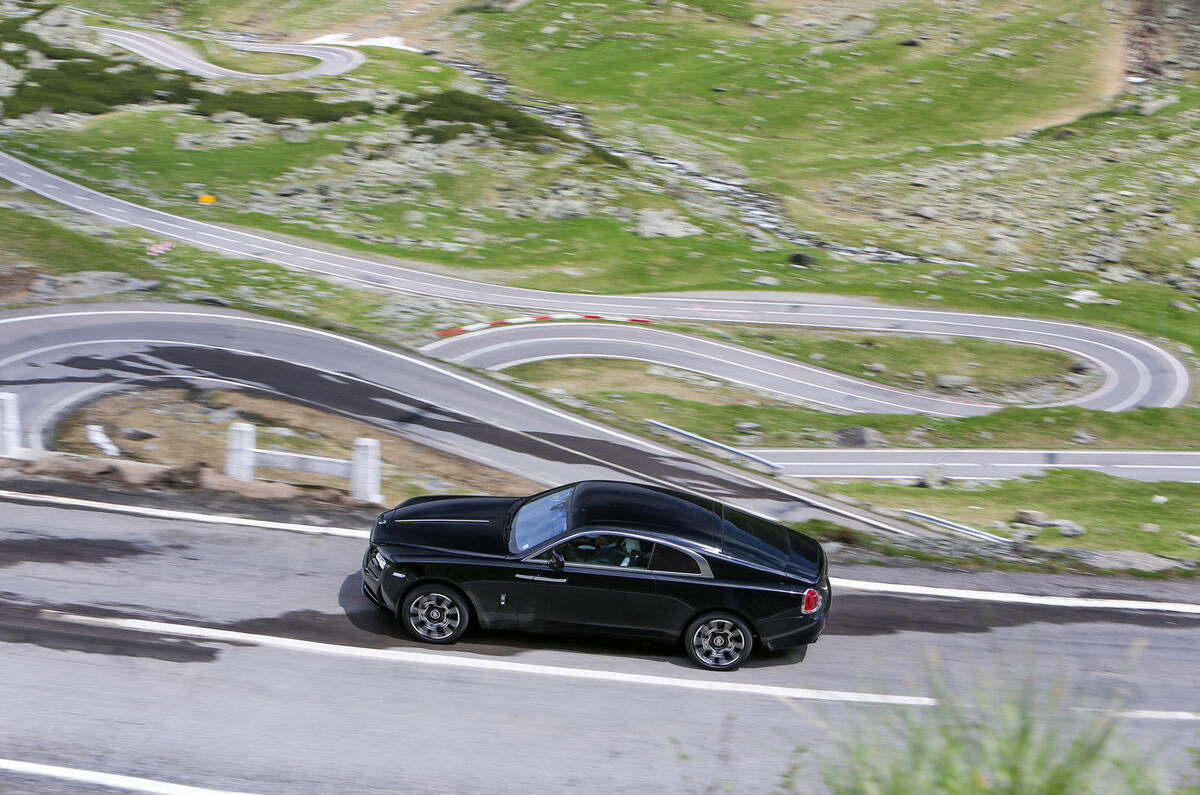
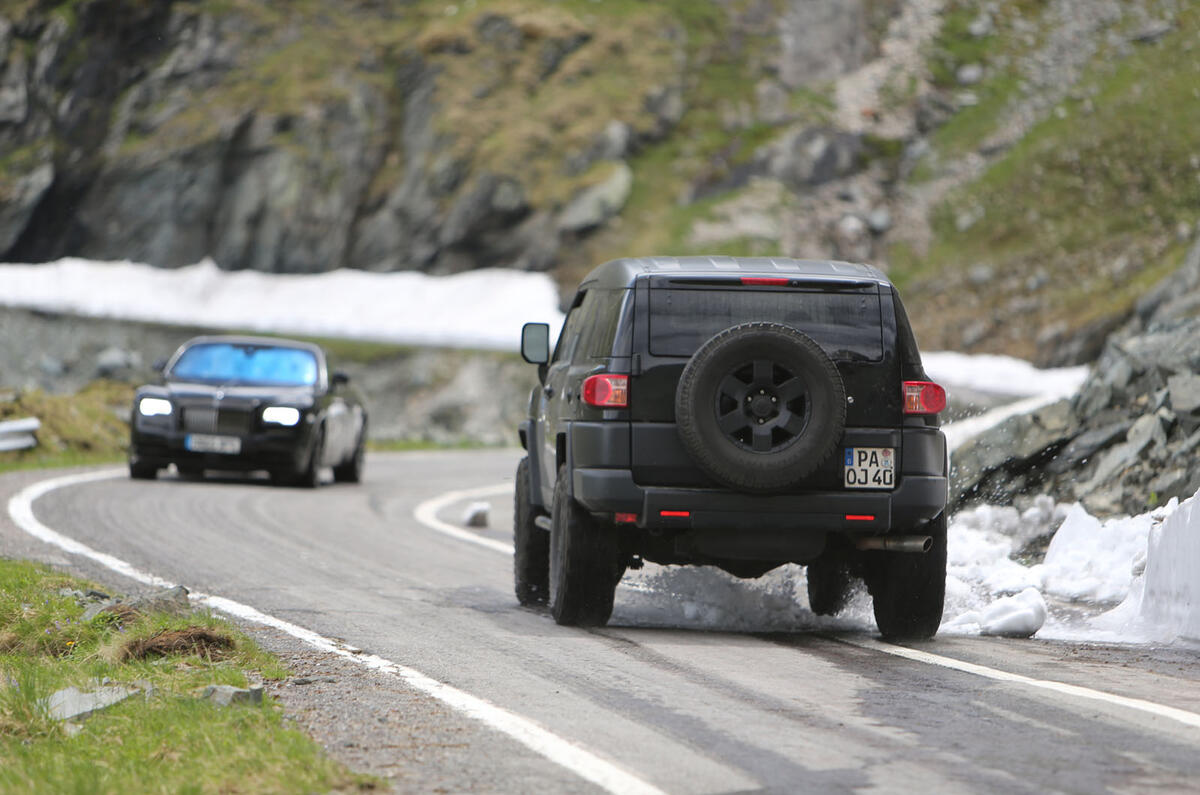
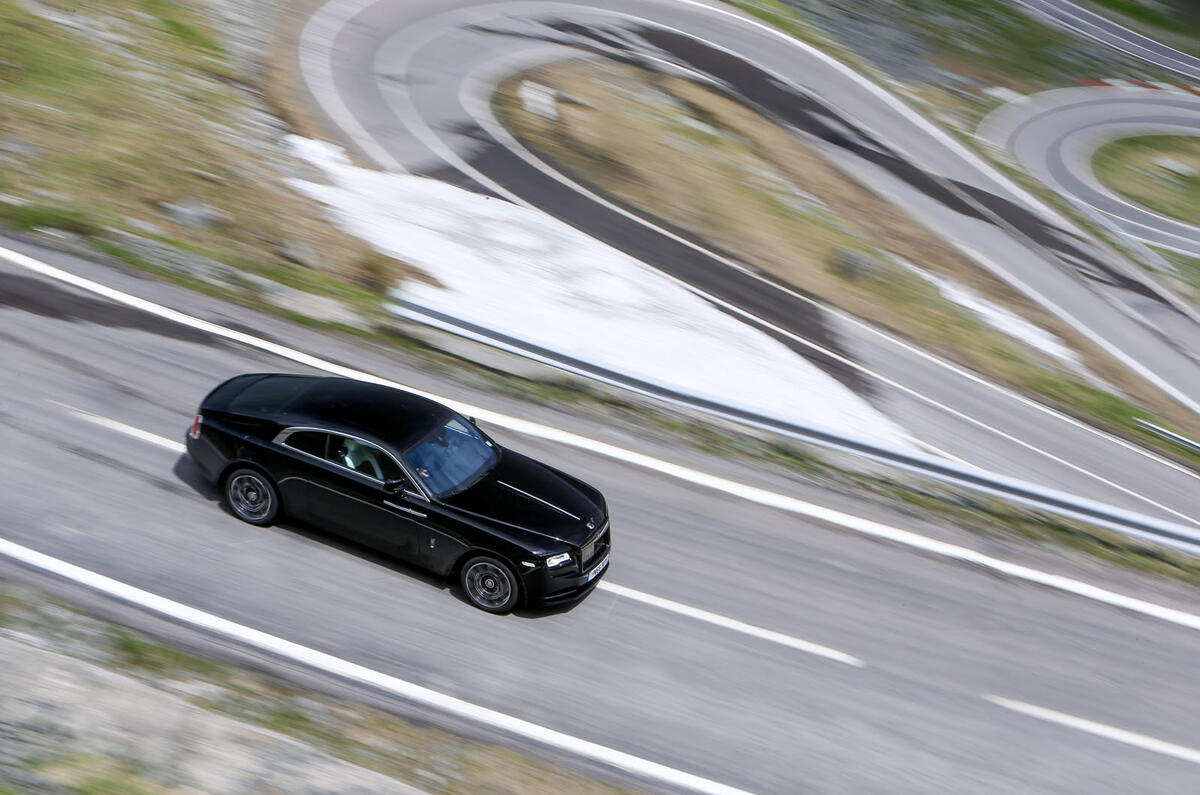



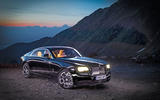
































































Join the debate
Add your comment
No thanks.
Ugly as sin.
Sure it isn't still disguised?
It looks like it's wearing a lot of lumpy cladding to disguise the svelte and elegant body yet to be revealed below.
Very nicely written, and
Very nicely written, and great photos too. The cars probably really nice to travel in, but god, is it unattractive! All in black seems to make it worse